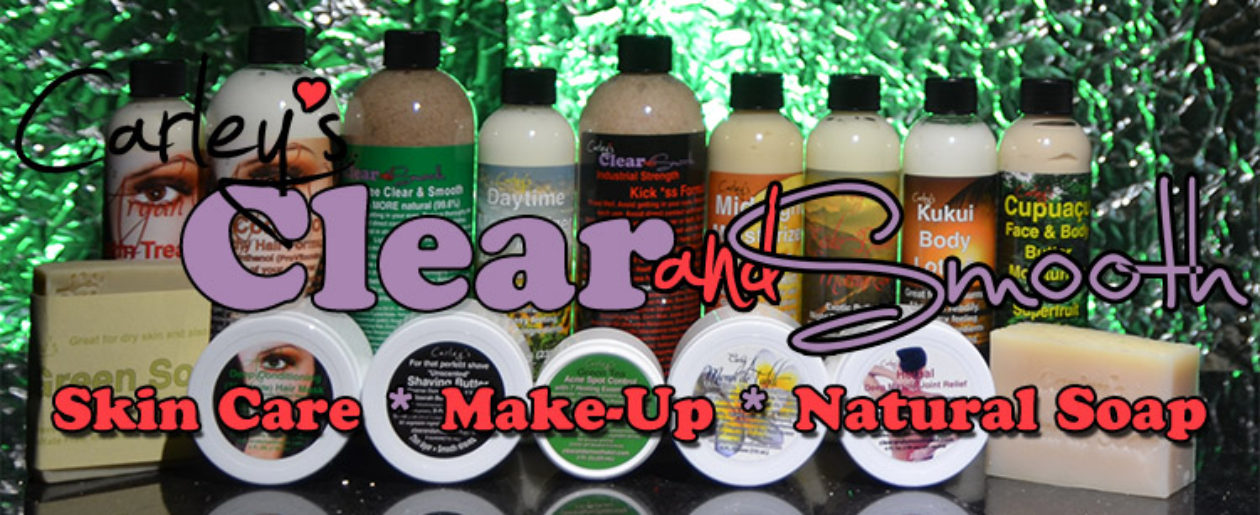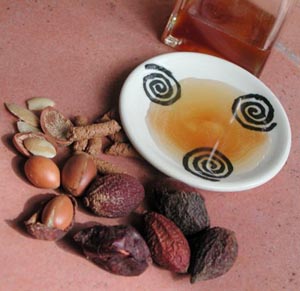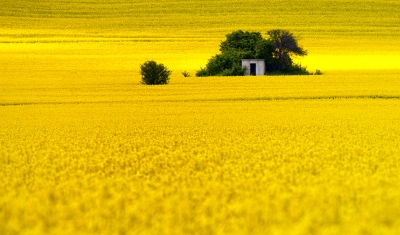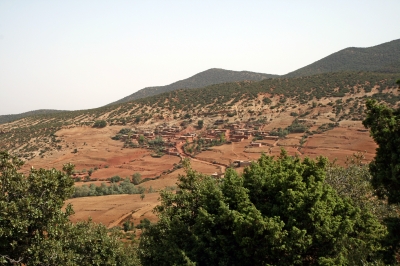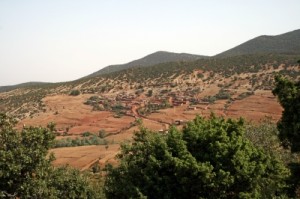Take a look at any commercial today about hair and you’ll see the words “Moroccan Oil” or Argan Oil plastered on your screen. You’ve heard from us about the benefits of Argan Oil. You’ve also heard the commercials but is there really a difference between what you find in the stores and what you’ll find naturally from those strange, goat-filled trees in the deserts of Morocco?
Grown naturally from the Argania Spinosa tree in Morocco, Argan Oil is incredibly beneficial for your hair and skin (known to repair damaged hair and skin), has an unique and exotic feel about it and is the “latest craze” in skin care. This means a lot of oil is being imported from these small local farmers in Morocco. What you’re also seeing is the dilution of the actual Argan oils once they make it in the products you adore.
Major companies and over the counter hair products are throwing in a few drops of the oil and calling it a “Miracle Moroccan Oil” treatment for your hair. This is absurd!
What’s even more absurd is the quality of the oil they are using. Let’s not touch on the low quality of oil they throw in from other sources and just focus on Argan Oil. The Argan Oil being “thrown” in is sub-par at best.
Freshness
Argan oil is unstable and needs a cool environment where the oil can maintain freshness. For major companies that means the oil is thrown into a vat of chemicals during the production process to maintain this “freshness”. From there they will sit on shelves for months and years at a time before use.
Price
The price and quality of Argan Oil is important. The more affordable versions (often used in culinary) won’t work on the skin as well as the slightly more expensive versions. Most companies try and throw in the cheapest possible oil they can get away with to preserve their margins. When you’re just using a few drops, who’s going to notice the difference?
Our Argan Oil
We’re proud to be working with some great partners directly from Morocco for the best Argan Oil there is. This means we pay a slightly higher price for a better overall product. Not only is the oil better but it’s fresh so you won’t be putting a stale, unstable oil right on your skin. Oh, and there’s more Argan Oil in some of our products (like the Conditioner) than probably any product out there in the world. Win win!
